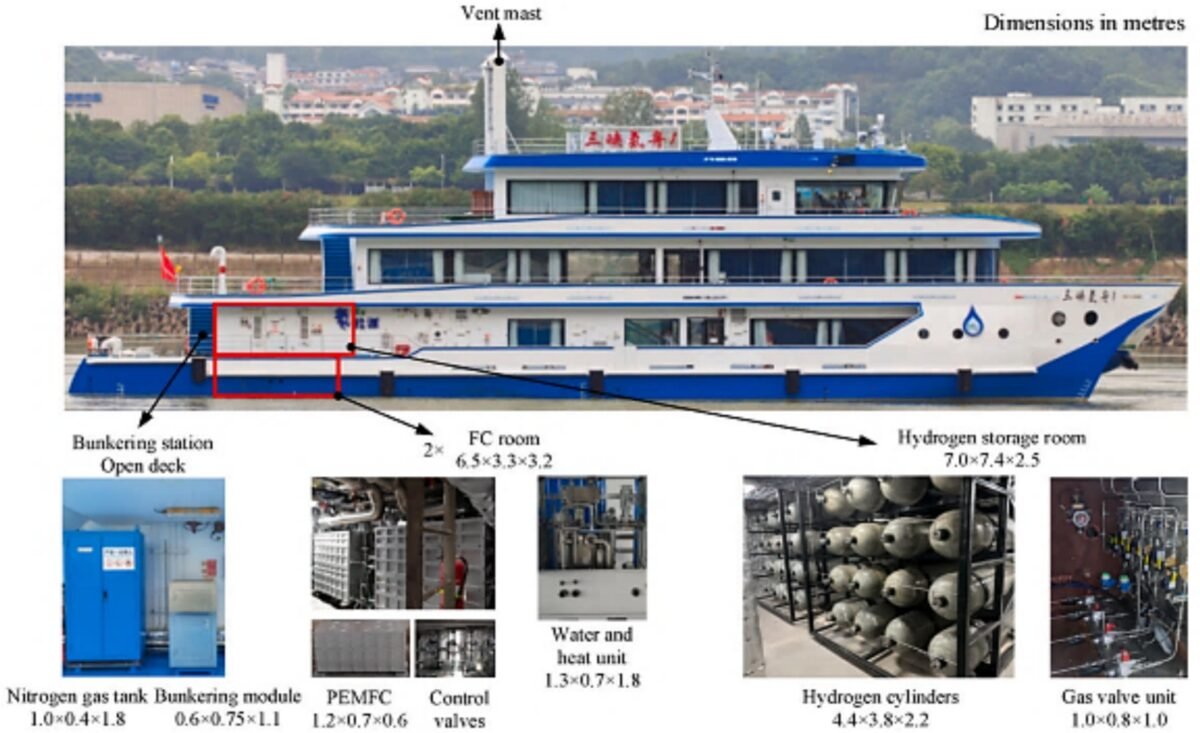Malaysia’s Solar-Hydrogen Ferry System: A Green Maritime Breakthrough
Imagine a ferry gliding across turquoise waters, powered entirely by sunlight and hydrogen. Malaysian researchers have turned this vision into reality with an innovative solar-hydrogen hub that could transform island transportation across Southeast Asia.
How the 250-Passenger Solar-Hydrogen Ferry Works
The system combines a 20 MW floating solar farm (40,000 panels) with PEM electrolyzers that split seawater into hydrogen. This green fuel powers ferries traveling 60 km between Terengganu and Redang Island, cutting 23.75 million kg of CO₂ annually – equivalent to removing 5,000 cars from roads.
Innovative System Components
- Optimized floating PV at 10° tilt for tropical conditions
- Advanced PEM electrolysis technology
- Type III cylinders storing liquefied hydrogen at 96% volume reduction
Monsoon-Proof Energy Reliability
Even during Malaysia’s rainy season when production dips 60%, the system delivers 35,665 kg/month of hydrogen – enough for two daily round trips. This reliability makes it ideal for other island nations with similar climates.
A Template for Asia’s Renewable Future
At RM 13.64/kg, hydrogen currently costs more than diesel. However, the technology already meets IEA’s 2030 green hydrogen cost targets. The project’s complete supply chain solution – from wave-resistant solar floats to fueling stations – could be replicated in:
- The Philippines’ island communities
- India’s Andaman Islands
- Indonesia’s archipelago
Overcoming Technical Challenges
The team solved critical issues including saltwater corrosion through specialized engineering. With a levelized cost of RM 0.276/kWh – cheaper than diesel generators on remote islands – this system represents Asia’s next-generation clean energy revolution.






